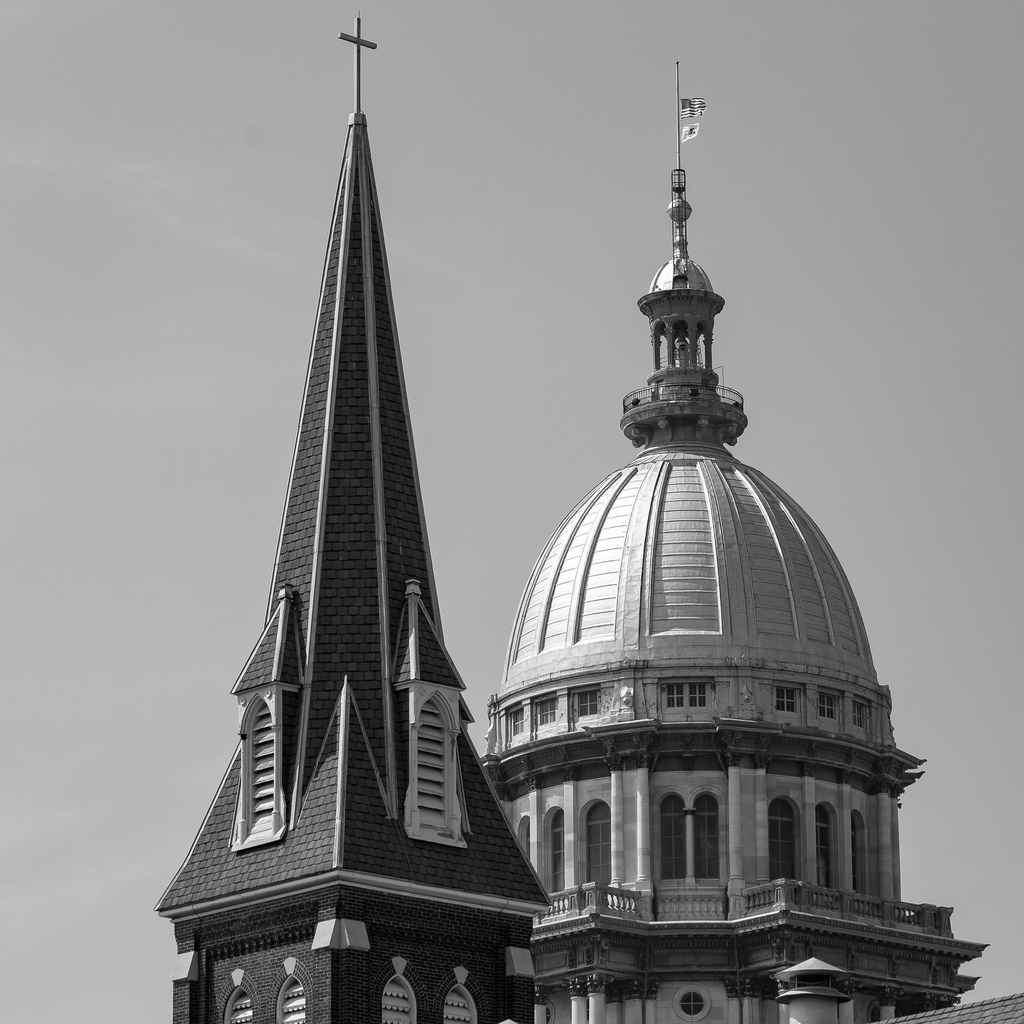During the 17th and 18th centuries Austria was uniformly Catholic. A magnificent and very typical Catholic Baroque culture spread through-out the land.
From 1750, the state began to exert ever more influence over the church. “Josephinism”, as this new political and religious movement (ca. 1765-1790) later came to be called, took its name fr om its fosterfather, Emperor Joseph II. During his reign the dioceses were reorganized and the structure then established has remained much the same to this day. At the same time, a large number of parishes were founded.
om its fosterfather, Emperor Joseph II. During his reign the dioceses were reorganized and the structure then established has remained much the same to this day. At the same time, a large number of parishes were founded.
The Catholic Church was now controlled by the state and the priests were engaged as civil servants.
The National Basic Law on the General Rights of Nationals was enacted and it is still in force to this day as part of the Austria Federal Constitution. It forms the basis for individual and corporative religious freedom. The Catholic Church has the right of public worship and is independent in terms of confession, doctrine, preaching and pastoral care, as well as the management of all its other internal affairs.
The concordat of 1933 regulated the legal status of the church within the state, the education of the clergy, religious education in schools, the church´s right to its own schools, church weddings, pastoral activities within the armed forces and religious holidays, as well as the property and financial matters of the church.
During the Nazi Regime in Austria (1938-1945), the church was subject to oppression and persecution by the National Socialist regime. The state withdrew its recognition of the concordat. The Reichskonkordat concluded in 1933 was not extended to embrace Austria, thus the church had no legal protection in this period. Catholic schools and organizations were dissolved and civil marriage became obligatory. Many priests and laymen were persecuted, sent to concentration camps and executed.
After the liberation of Austria, the Austrian church organizations were restored, but the Catholic associations, which had been dissolved by the Nazis, were only partly reactivated.
Relations between the church and the state in general, and between the church and social democracy in particular began to improve.
In 1957, the coalition government recognized the Concordat of 1933 in principle and requested negotiations with the Holy See to review the radically changed situation.
In contrast to other countries, the relations abetween state and church are very good. State and church are separate institutions but their cooperation with each other in certain areas for the people and the common good. The concordat is an expression of the constructive relations between church and state.
